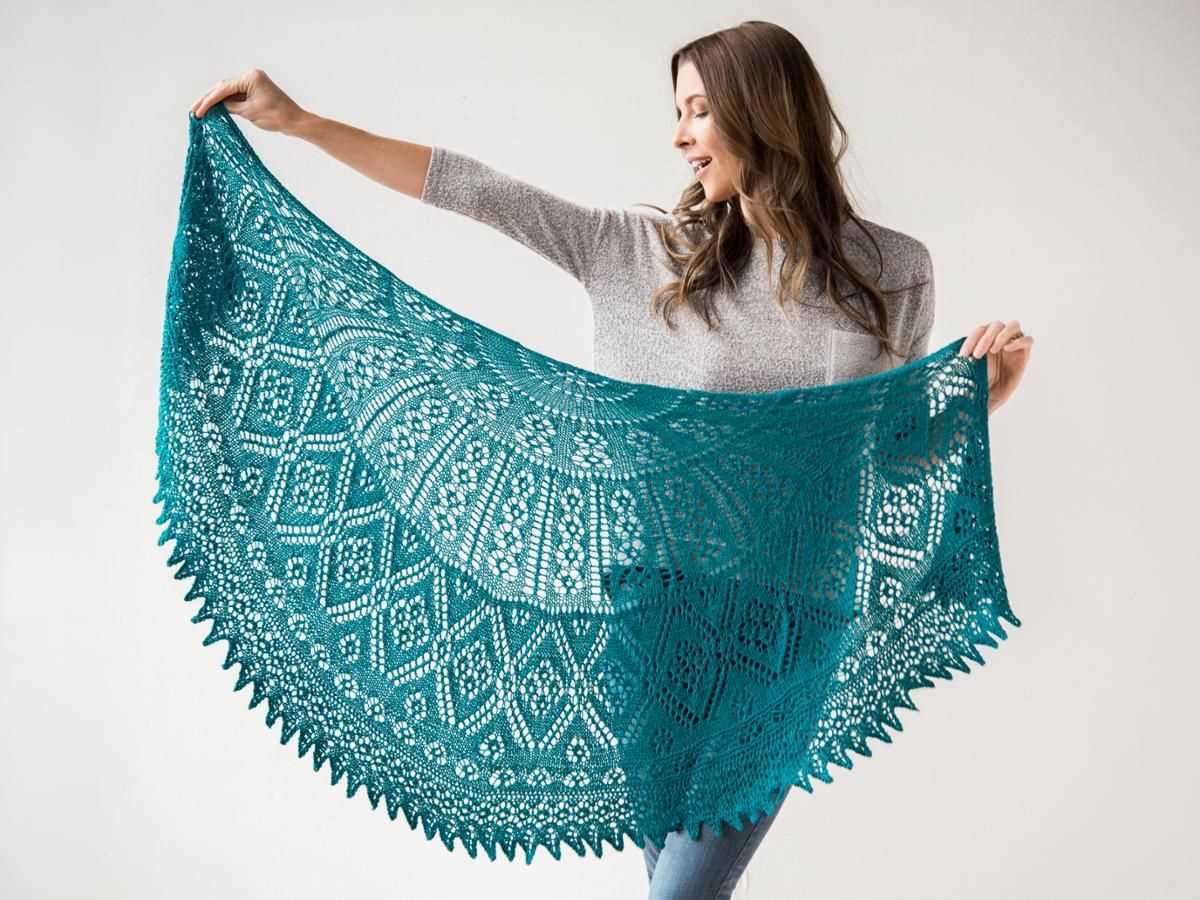
Are you looking for a knitting project that combines simplicity and beauty? Look no further than the knit pi shawl! This free pattern offers a twist on the traditional shawl design, incorporating mathematical principles to create a stunning and unique accessory.
The concept behind the knit pi shawl is based on the mathematical constant pi (Ï€). Just like pi, the shawl follows a never-ending, circular pattern. With each increase row, the circumference of the shawl grows larger, creating a beautiful drape that can be wrapped around the body or worn as a statement piece.
Not only is the knit pi shawl visually captivating, but it also offers an enjoyable knitting experience. The pattern is relatively simple, making it accessible to knitters of all skill levels. Whether you’re a beginner or an experienced knitter, this project is a great way to further develop your skills and create a stunning accessory that will be the envy of all your friends.
What is a Pi Shawl?
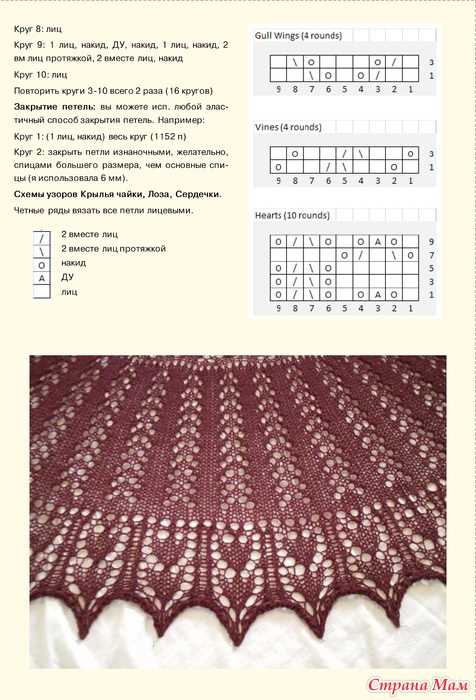
A Pi Shawl is a type of knitted shawl that is circular in shape, named after the mathematical concept of pi. It is considered to be a classic and versatile design in the world of knitting. Pi shawls are typically worked from the center outwards, creating a beautiful concentric circle pattern.
The unique characteristic of a Pi Shawl is that it is shaped like a perfect circle, with increases added at specific intervals to create the expanding shape. The number of stitches and rows between each increase depends on the desired size and drape of the finished shawl. The mathematical principles behind this design make it a fascinating and challenging project for experienced knitters and a wonderful opportunity to explore different stitch patterns and techniques.
When knitting a Pi Shawl, it is important to maintain a consistent stitch count throughout the pattern. This ensures that the circular shape remains intact as the shawl grows larger. To achieve a balanced and symmetrical look, it is recommended to use a stitch marker to mark the center stitch and to help keep track of the increases.
A Pi Shawl can be made using any weight of yarn, from lace weight to bulky, depending on the desired drape and warmth of the finished shawl. The intricate lace stitches used in many Pi Shawl patterns create a delicate and airy fabric, perfect for lightweight and elegant shawls. Alternatively, using thicker yarn and simpler stitch patterns can result in cozy and warm shawls suitable for colder weather.
Overall, a Pi Shawl is a beautiful and timeless knitting project that allows knitters to explore their creativity, experiment with different stitch patterns, and create a unique and versatile accessory. Whether you’re a beginner or an experienced knitter, knitting a Pi Shawl is a rewarding and enjoyable endeavor.
Benefits of knitting pi shawl
Knitting a pi shawl can bring many benefits to both beginners and experienced knitters. The pi shawl pattern is a versatile and customizable design that allows knitters to create unique and stunning shawls. Here are some of the benefits of knitting a pi shawl:
1. Creativity and Customization:
One of the biggest benefits of knitting a pi shawl is the opportunity to unleash your creativity. The pi shawl pattern consists of a circular shape that grows exponentially, allowing for endless design possibilities. You can choose different stitch patterns, colors, and yarn weights to create a shawl that reflects your personal style and preferences. This freedom to customize the shawl makes it a truly unique and one-of-a-kind accessory.
2. Skill Development:
Knitting a pi shawl can also help develop and enhance your knitting skills. The pattern typically involves different stitch techniques such as lace, cables, and textured stitches. By working on these intricate patterns, you can improve your knitting skills and learn new techniques. The repetitive nature of the pattern also allows for practice and mastery of specific stitch combinations and increases your overall knitting proficiency.
3. Portability:
A pi shawl project is highly portable, making it an ideal choice for knitting on the go. The small size of the initial circle can easily fit into a knitting bag or purse, allowing you to work on it wherever you are. Whether you’re commuting, traveling, or simply waiting for an appointment, you can knit a few rounds of the pi shawl and make progress on your project without needing a large workspace. This portability factor makes the pi shawl pattern a convenient and versatile knitting project.
4. Versatile Use:
Once completed, the pi shawl can be worn in various ways, making it a versatile accessory in your wardrobe. You can drape it over your shoulders for a classic shawl look, wrap it around your neck as a cozy scarf, or even wear it as a stylish sarong during warmer months. The pi shawl’s versatility extends beyond fashion, as it can also serve as a decorative piece for your home. You can display it as a wall hanging or use it as a cozy, stylish throw for your couch or bed. The versatility of the completed pi shawl makes it a practical and multifunctional knitting project.
In conclusion, knitting a pi shawl offers a range of benefits, including the opportunity for creativity and customization, skill development, portability, and versatility of use. Whether you’re a beginner or an experienced knitter, the pi shawl pattern provides an enjoyable and rewarding knitting experience.
Choosing the yarn for your pi shawl
When choosing the yarn for your pi shawl, there are several factors to consider. The type of yarn you choose will greatly impact the final look and feel of your shawl, so it’s important to choose wisely.
One important factor to consider is the weight of the yarn. The pi shawl is typically knit with a lace or fingering weight yarn, as these weights allow for a delicate and intricate lace pattern to emerge. However, you can also experiment with other weights, such as sport or worsted weight yarn, to create a different effect with your shawl.
Color
Another important factor to consider is the color of the yarn. The pi shawl pattern often features lace motifs that are beautifully showcased with a solid or semi-solid color. However, you can also use variegated or gradient yarns to add interest and depth to your shawl.
Fiber Content
The fiber content of the yarn is also an important consideration. Different fibers have different characteristics and will drape and block differently. For a drapey shawl, you might choose a yarn with a high percentage of silk or bamboo. A wool or alpaca blend can offer warmth and softness. Consider the season in which you plan to wear your shawl and choose a yarn that suits the temperature and climate.
Yarn Amount
The amount of yarn you will need for your pi shawl will depend on the size of the shawl and the weight of the yarn. Check the pattern for the recommended yardage, and make sure to purchase enough yarn to complete your project. It’s always a good idea to buy an extra skein or two, just in case.
Conclusion
Choosing the yarn for your pi shawl is an important decision that can greatly impact the final result. Consider the weight, color, fiber content, and amount of yarn needed for your project. With the right yarn choice, you can create a stunning and unique pi shawl that you will love to wear and show off to others.
Essential knitting tools for pi shawl
When knitting a pi shawl, it’s important to have the right tools to ensure smooth and successful knitting. Here are some essential knitting tools you’ll need for this project:
Knitting Needles:
The most important tool for knitting a pi shawl is a set of knitting needles. Circular needles are recommended for this project, as they can hold a large number of stitches and provide a comfortable knitting experience. Choose a needle size appropriate for the yarn weight you’re using.
Stitch Markers:
To keep track of different sections and increases in your pi shawl, stitch markers are essential. They can be used to mark the beginning of a round or specific stitch patterns. Use different colored markers to easily distinguish between different sections of the shawl.
Tape Measure:
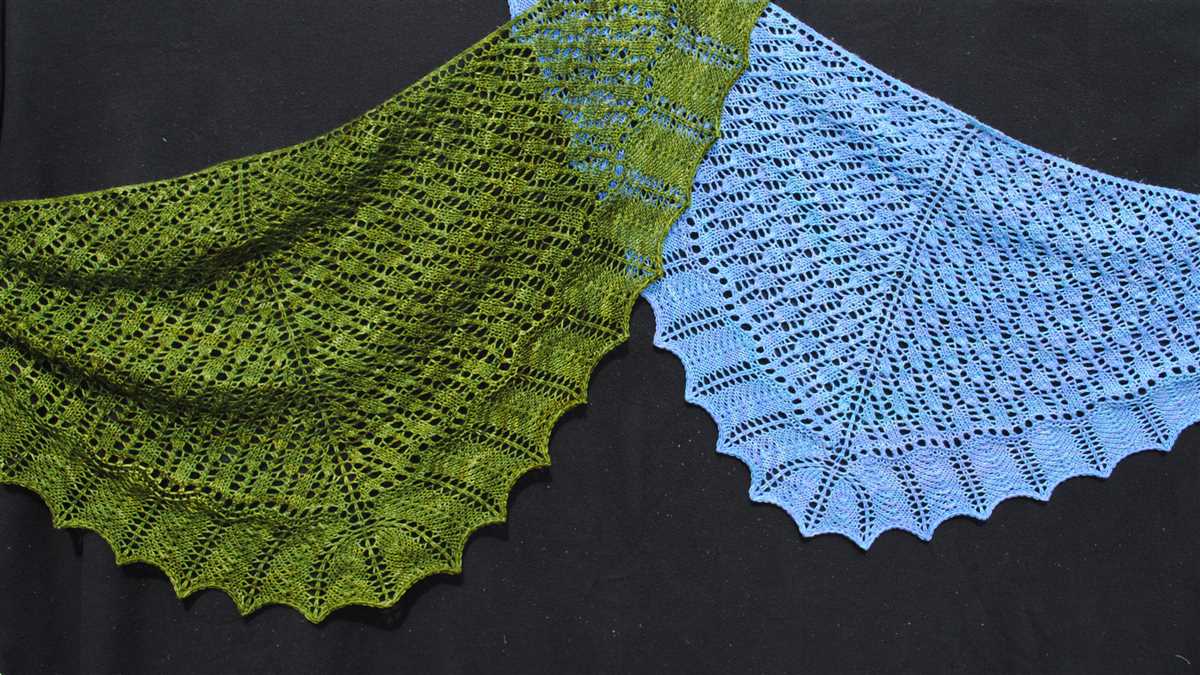
A tape measure is useful for checking your gauge and ensuring that your pi shawl turns out the desired size. It can also be handy for measuring the length of your shawl as you progress through the pattern.
Yarn Needle:
A yarn needle, also known as a darning needle, is essential for weaving in ends and finishing your pi shawl. It’s important to choose a needle with a large eye that can accommodate the thickness of your yarn.
Blocking Materials:
Blocking is an important step in finishing your pi shawl and giving it its final shape. You’ll need blocking pins or wires, and a blocking mat or surface to pin your shawl into shape. This will help open up the lacework and give your shawl a polished look.
With these essential knitting tools, you’ll be well-prepared to tackle your pi shawl project and create a beautiful, cozy accessory.
Tips for knitting a pi shawl
Knitting a pi shawl can be a rewarding project that combines both technique and creativity. Whether you’re a beginner or an experienced knitter, here are some tips to keep in mind as you start your pi shawl:
1. Choose the right yarn:
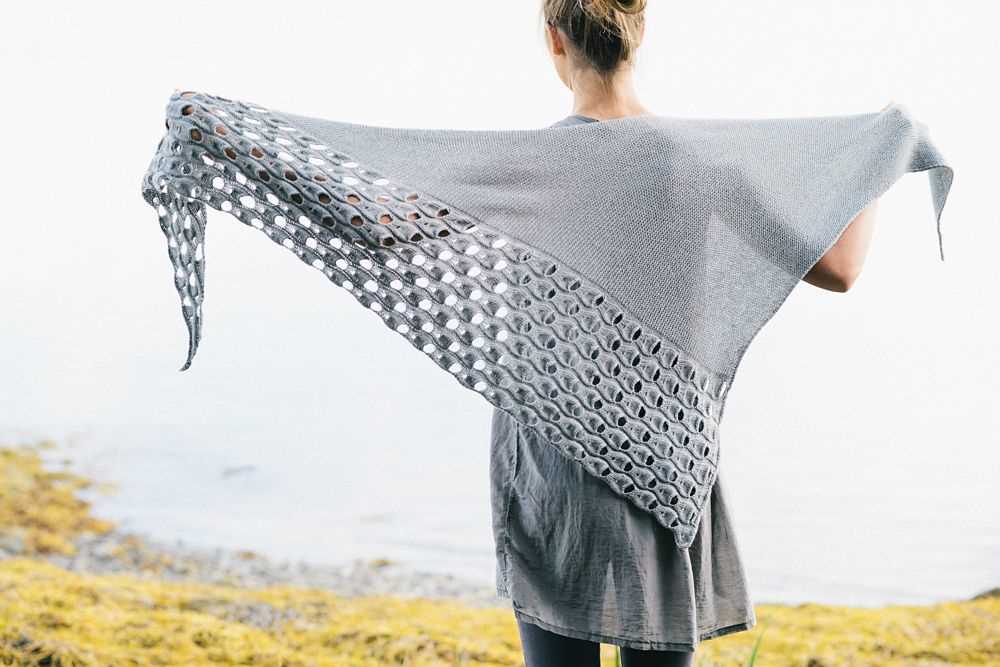
Selecting the right yarn for your pi shawl is crucial. Opt for a yarn that has good drape and is lightweight, as it will help to create beautiful folds and delicate lace patterns. Consider using a natural fiber like merino wool or silk for a luxurious feel.
2. Gauge matters:
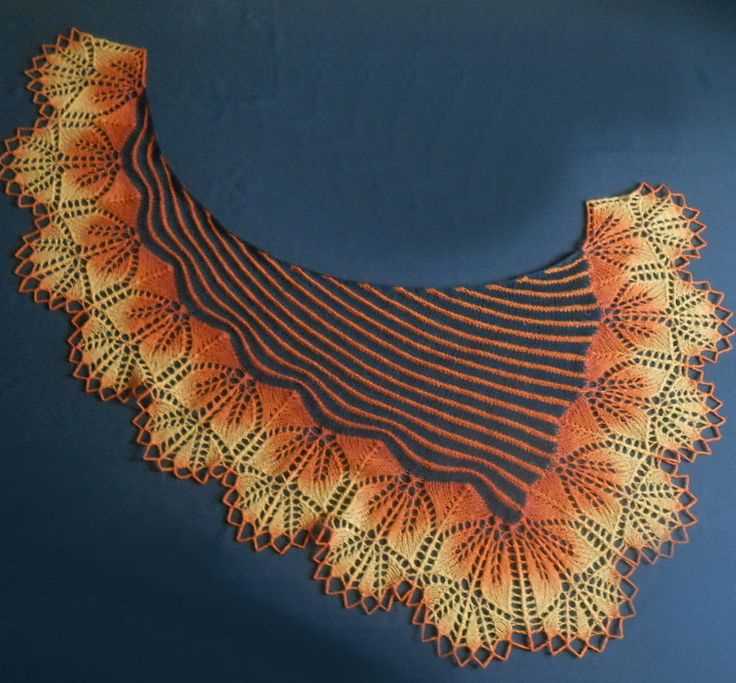
Take the time to swatch and check your gauge before you begin knitting your pi shawl. Pi shawls are often worked with lace patterns, and the correct gauge will ensure that the stitch definition is clear and the finished shawl fits properly.
3. Highlight the center stitch:
Since pi shawls are typically worked from the center outwards, it’s important to mark and highlight the center stitch. This will help you keep track of your progress as you increase and create the circular shape of the shawl.
4. Follow the pattern instructions:
When knitting a pi shawl, it’s essential to carefully follow the pattern instructions. Pay attention to increases, stitch patterns, and any specific techniques mentioned. Following the pattern will ensure that your pi shawl turns out as intended.
5. Blocking is essential:
Blocking is a crucial step in finishing your pi shawl. After completing the knitting, take the time to block the shawl to open up the lace and even out the stitches. This step will enhance the drape and beauty of the finished shawl.
By keeping these tips in mind and approaching your pi shawl with patience and attention to detail, you can create a stunning and intricate accessory that showcases your knitting skills.
Understanding the pattern instructions
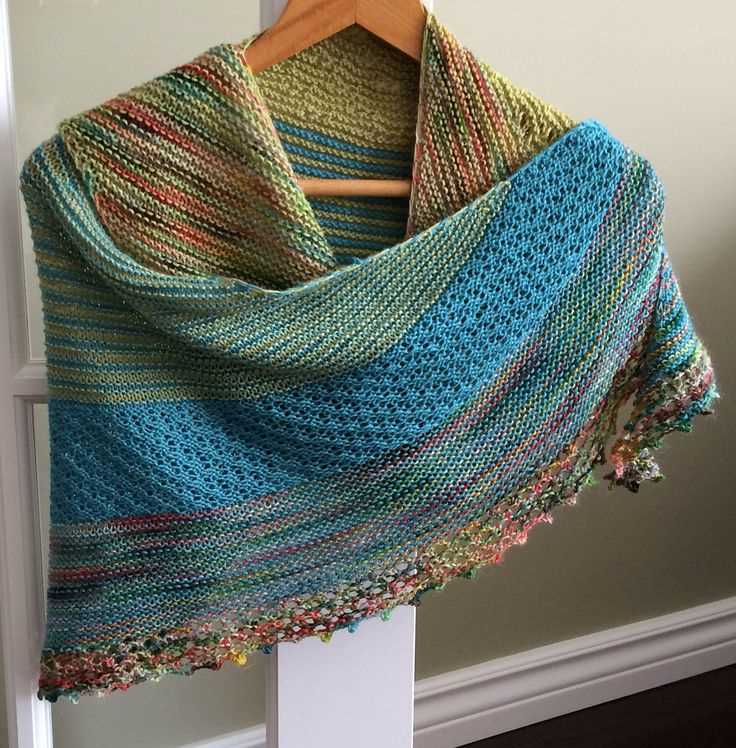
When using the knit pi shawl free pattern, it is important to have a clear understanding of the instructions provided. The pattern typically includes a list of materials needed, gauge information, and a set of instructions for each section of the shawl.
Materials: The materials list will specify the type and amount of yarn required for the project, as well as the recommended needle size. It is important to gather all the necessary materials before starting the pattern.
Gauge: The gauge information indicates the number of stitches and rows that should be achieved with the specified needle size and yarn. It serves as a guide to measure the accuracy of your knitting and ensure that the final shawl will have the desired dimensions.
Instructions: The instructions for each section of the shawl will typically include a combination of abbreviations and written explanations. It is important to familiarize yourself with common knitting abbreviations to fully understand the pattern. The instructions will guide you through each stitch and technique required to complete the shawl.
The pattern may also include charts, where each symbol represents a specific stitch or action. It is important to carefully read the chart key provided to understand how to interpret the symbols.
For example, the pattern may instruct you to knit a certain number of stitches, perform yarn overs, or create specific stitch patterns. It is important to follow the instructions carefully to ensure that the shawl turns out as intended.
As you work through the pattern, it can be helpful to use stitch markers to keep track of different sections or repeats. This can help prevent mistakes and ensure that your knitting remains consistent.
Finishing: Once you have completed all the sections of the pattern, there may be instructions for blocking the shawl and adding any finishing touches. Blocking is an important step to help shape the shawl and enhance its drape and appearance.
In conclusion, understanding the pattern instructions is crucial when using a knit pi shawl free pattern. By carefully reading and following the instructions, you can create a beautiful shawl that showcases your knitting skills.
How to Start Knitting Your Pi Shawl
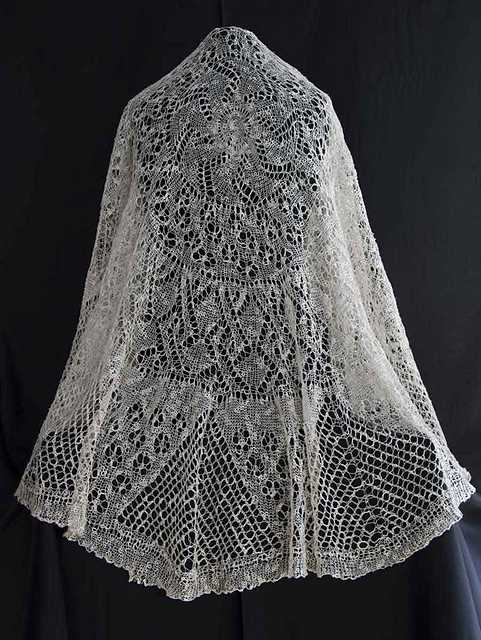
If you have chosen a pi shawl as your next knitting project, congratulations! Pi shawls are a classic and versatile pattern that can be customized to your liking. Here are some steps to help you get started:
1. Gather Your Materials
Before you begin knitting your pi shawl, make sure you have all the necessary materials. You will need a set of knitting needles in the appropriate size for your yarn, as well as the yarn itself. Choose a yarn that you love and that will give you the desired drape and texture for your shawl.
Additionally, you may want to have stitch markers, a tapestry needle, and scissors on hand for any necessary finishing touches.
2. Choose Your Pattern
There are many pi shawl patterns available for free online. Take some time to browse through different patterns and find one that speaks to you. Look for patterns that include the size, gauge, and type of yarn used. It’s also important to read through the pattern instructions to make sure they are clear and easy to follow.
Once you have decided on a pattern, print it or save it to your device for easy reference as you knit.
3. Swatch and Measure Your Gauge
Before you begin working on your pi shawl, it’s important to swatch and measure your gauge. This will ensure that your finished shawl will be the right size and fit properly. Follow the pattern instructions to create a swatch using your chosen yarn and needle size.
Measure your swatch using a ruler or gauge tool to determine the number of stitches and rows per inch. Compare these measurements to the gauge specified in the pattern. If your gauge is different, you may need to adjust your needle size to achieve the correct gauge.
4. Cast On and Start Knitting
Once you have gathered your materials, chosen your pattern, and determined your gauge, it’s time to cast on and start knitting your pi shawl. Follow the pattern instructions for casting on the appropriate number of stitches, and begin working the first few rounds.
Pay attention to any stitch markers or special stitch instructions in the pattern and make sure to keep track of your progress by marking your rows or using a row counter.
Remember to take your time, enjoy the process, and have fun with your knitting. A pi shawl is a beautiful and rewarding project that will showcase your knitting skills and create a stunning finished piece.
Common Mistakes to Avoid When Knitting a Pi Shawl
Knitting a pi shawl can be a rewarding and enjoyable project, but it’s important to avoid common mistakes that can lead to disappointment or frustration. Here are some mistakes to watch out for:
Using the Wrong Yarn Weight

One common mistake is using the wrong yarn weight for the pi shawl pattern. Each pattern will specify the recommended yarn weight to achieve the desired drape and texture. Using a heavier or lighter yarn can result in a shawl that is too stiff or too floppy. It’s important to carefully read the pattern and choose a yarn that matches the recommended weight.
Incorrect Gauge
Gauge is crucial when knitting any project, including a pi shawl. It determines the size and fit of the finished piece. Failing to check or match the gauge specified in the pattern can result in a shawl that is too small or too large. It’s important to take the time to swatch and adjust your needle size if necessary to achieve the correct gauge.
Skipping Lifelines
Lifelines are an essential tool when knitting a complex lace pattern in a pi shawl. They are rows of contrasting thread or yarn inserted at regular intervals to help “catch” your stitches in case of a mistake or pattern issue. Failing to add lifelines can make it difficult or even impossible to fix mistakes in lace patterning, leading to frustration and potentially ruining the shawl. It’s important to use lifelines, especially when working with intricate lace patterns.
Not Blocking Properly
Blocking is a crucial step in finishing any knitted project, and pi shawls are no exception. Blocking helps to even out stitches, open up lace patterns, and give the shawl its final shape and drape. Failing to properly block the shawl can result in an uneven or misshapen finished piece. It’s important to carefully follow the blocking instructions provided in the pattern to ensure the best results.
Not Paying Attention to Pattern Repeats
Many pi shawl patterns include multiple stitch pattern repeats that create the design. Skipping or adding extra stitches within these pattern repeats can throw off the overall look and symmetry of the shawl. It’s important to carefully count stitches and pay attention to pattern repeats while knitting to ensure the desired outcome.
Forgetting to Take Breaks
Knitting a pi shawl can be a time-consuming project, especially if it’s a larger shawl or has intricate lace patterning. It’s important to take regular breaks to rest your hands and avoid strain or fatigue. Knitting for long periods without breaks can lead to discomfort or even repetitive strain injuries. It’s important to listen to your body and take breaks as needed to keep knitting a joyful experience.
Blocking your finished pi shawl
Blocking is an essential step in finishing your knitted pi shawl. It helps to even out the stitches, open up lace patterns, and give the shawl its final shape and drape. Here are some steps to follow when blocking your finished pi shawl:
1. Fill a basin or sink with lukewarm water and add a small amount of wool wash or mild detergent. Gently swish the water to create suds.
2. Place your shawl in the water, making sure it is fully submerged. Let it soak for about 15-20 minutes to allow the fibers to fully absorb the water.
3. Carefully lift the shawl out of the water, supporting its weight with your hands or a towel. Do not wring or twist the shawl, as this can damage the delicate fibers.
4. Lay the damp shawl on a clean towel or blocking mat, and gently press out any excess water using another towel. Avoid rubbing or squeezing the shawl, as this can cause distortion.
5. Stretch the shawl to its desired shape and size. Use blocking wires or T-pins to secure the edges, ensuring that the lace patterns are evenly spread out. Pay special attention to the points or corners of the shawl.
6. Leave the shawl to dry completely in a well-ventilated area, away from direct sunlight. This process may take several hours or overnight, depending on the thickness of the yarn.
7. Once the shawl is completely dry, gently remove the pins or wires and admire your beautifully blocked pi shawl. It is now ready to be worn or gifted to someone special!
Exploring different variations of pi shawl patterns
A pi shawl is a knitted shawl that is shaped like a giant circle, with the increases placed on every round to create a shape that resembles a pie or pizza slice. The pi shawl pattern has gained popularity among knitters due to its versatility and adaptability. With endless possibilities for customization, knitters can explore various variations of pi shawl patterns to create unique and stunning garments.
One popular variation of the pi shawl pattern is the lace pi shawl. Knitted with lace weight yarn and delicate lace stitches, this variation creates a beautifully intricate and ethereal shawl. The lace pi shawl pattern allows knitters to showcase their lace knitting skills and create intricate lace motifs that add elegance and sophistication to the finished shawl.
Another variation of the pi shawl pattern is the colorwork pi shawl. Knitted with multiple colors, this variation adds vibrant and eye-catching designs to the shawl. Knitters can experiment with different color combinations and patterns, such as stripes, fair isle, or intarsia, to create a unique and personalized colorwork pi shawl that showcases their creativity and color sense.
- The textured pi shawl is another variation that adds dimension and interest to the shawl. Knitters can incorporate textured stitch patterns, such as cables, bobbles, or seed stitch, into the pi shawl to create a more tactile and visually appealing garment.
- The asymmetrical pi shawl is a contemporary variation that deviates from the traditional circular shape. By modifying the increase rates and shaping, knitters can create a shawl with an asymmetric or crescent shape, adding an unexpected twist to the classic pi shawl pattern.
- For those who prefer a more cozy and warm shawl, the chunky pi shawl variation is perfect. Knitted with bulky or super bulky yarn, this variation creates a thick and plush shawl that wraps the wearer in warmth and comfort.
Overall, the pi shawl pattern offers endless possibilities for exploration and creativity. Knitters can adapt the pattern to suit their preferences and experiment with different yarns, stitches, and shapes to create unique and stunning pi shawls that reflect their personal style.
Ways to wear and style your pi shawl
A pi shawl is a versatile and stylish accessory that can be worn in a variety of ways to enhance your outfit. Whether you’re going for a casual or formal look, here are some ideas on how to wear and style your pi shawl.
1. Classic Wrap
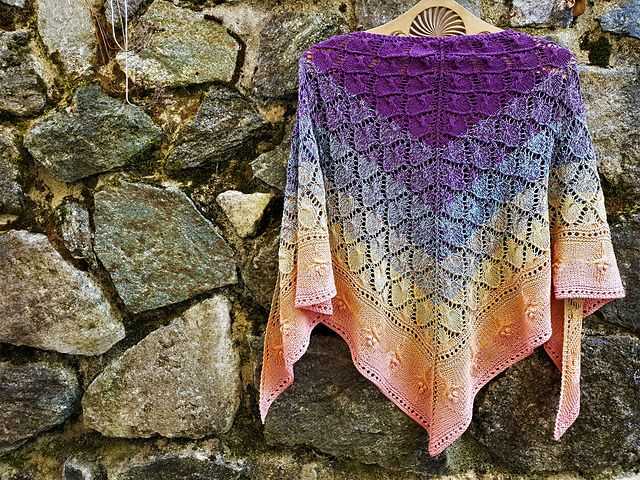
The most common way to wear a pi shawl is to drape it around your shoulders and let it hang loosely. This classic wrap style adds warmth and elegance to any outfit. You can experiment with different draping techniques to achieve different looks, such as wrapping it loosely for a relaxed vibe or folding it diagonally for a more structured appearance.
2. Belted Shawl
If you want to define your waist and add an extra touch of style to your pi shawl, try belting it. Simply fold the shawl in half diagonally to create a triangle shape, and then wrap it around your shoulders. Secure it in place with a belt around your waist, cinching it tight or leaving it loose depending on your preference. This styling option works well with dresses, skirts, or even jeans and a t-shirt.
3. Headscarf
Get creative with your pi shawl by using it as a stylish headscarf. Fold the shawl into a triangle and drape it over your head, tying the ends under your chin or at the back of your head. This boho-inspired look adds a pop of color and can be a fun way to accessorize your hair. You can also wear it as a headband by folding it into a narrow strip and tying it around your head.
4. Layered Shawl
Add interest and dimension to your outfit by layering your pi shawl with other clothing items. Wear it over a jacket, cardigan, or sweater to create a cozy and fashionable layered look. You can also experiment with different colors and textures to create a unique and eye-catching ensemble. Play around with the way you drape the shawl to showcase the layers underneath.
5. Shawl Wrap Skirt
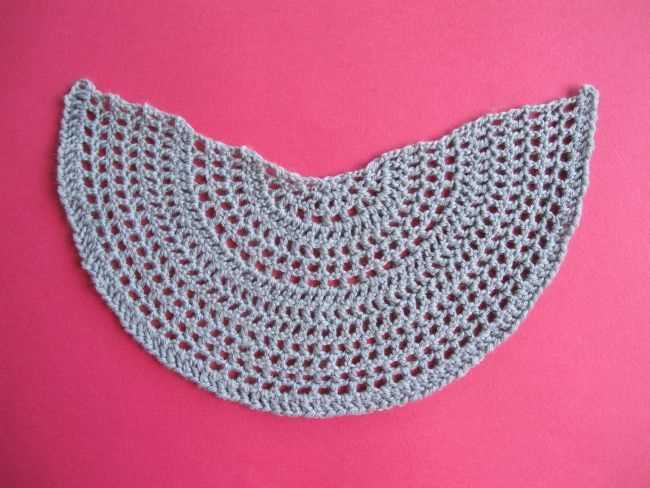
Transform your pi shawl into a stylish wrap skirt by folding it in half diagonally and tying the two ends around your waist. Adjust the length and tightness of the wrap to create a flattering and comfortable skirt that can be worn with a tank top or blouse. This is a great option for beach days or casual summer outings.
With these styling options, you can make the most of your pi shawl and add a touch of elegance to any outfit. Get creative and experiment with different draping techniques and accessories to make your pi shawl truly unique.
Where to find more pi shawl knitting patterns
If you’re looking to explore more pi shawl knitting patterns, there are plenty of resources available online. Here are a few places where you can find some inspiration:
- Ravelry: Ravelry is a popular online community for knitters and crocheters. You can find a wide variety of pi shawl patterns on Ravelry, both free and for purchase. Simply search for “pi shawl” in the pattern section to browse through the options.
- Knitting blogs: Many knitting bloggers love to share their patterns and designs. Search for knitting blogs that specialize in shawls or lace knitting, as they often feature pi shawl patterns. Blogs are a great way to find unique and creative designs.
- Knitting magazines: Knitting magazines often include patterns for shawls, and you may find a pi shawl pattern in one of them. Check out your local bookstore or library for current or back issues of knitting magazines.
- Online knitting communities: Websites like KnittingHelp and Knitting Paradise have active forums where knitters share patterns and advice. These communities are a great place to ask for recommendations for pi shawl patterns or to see if other knitters have posted their own designs.
With so many resources available, you’re sure to find a pi shawl knitting pattern that catches your eye. Whether you’re a beginner or an experienced knitter, the pi shawl is a versatile and rewarding project to try. Happy knitting!